The importance of indoor lighting – Rules, mistakes and trends
 Sunday, 11.12.2022.
Sunday, 11.12.2022.
 13:12
13:12
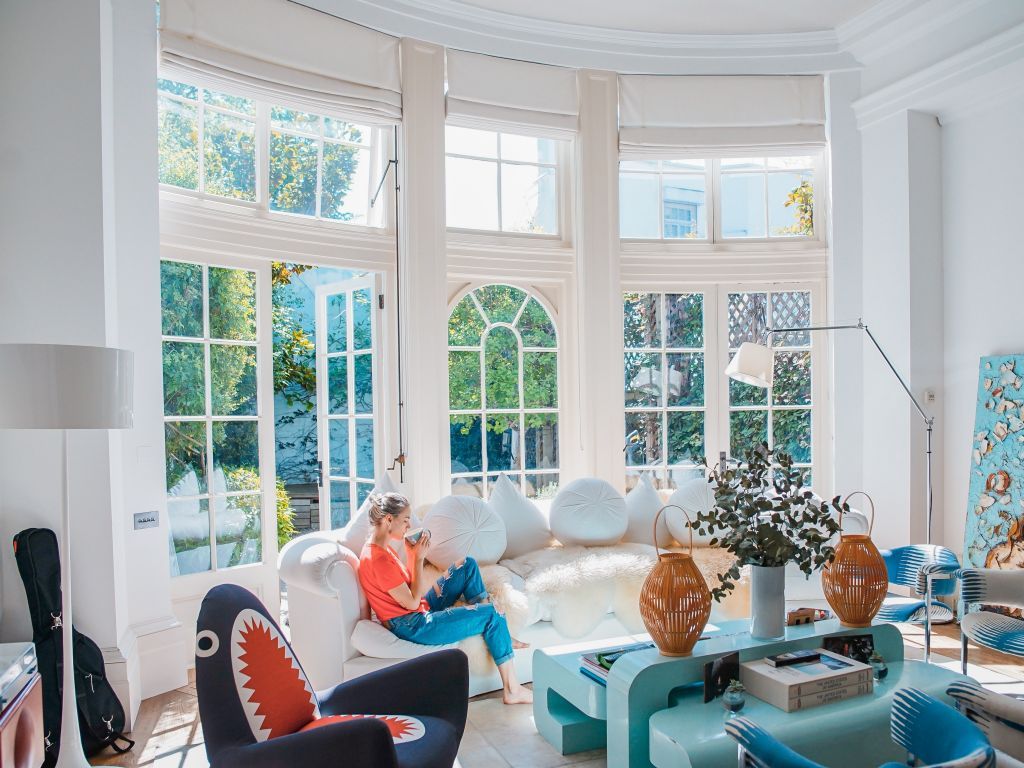
We`ve gone a long way since the time when it was sufficient to install a chandelier or a ceiling light in a room. Now we know that it`s not the same when we pick the bedroom lights and the kitchen lights, whether we want to create a relaxed or a working atmosphere and if the light is “coming” from the ceiling or from the floor and table lamps. Common people, not just professionals, are becoming aware of the importance of proper indoor lighting.
The most successful and brilliant thing the lighting designers can do is the most inconspicuous, Jean Rosenthal,the pioneer in the field of theatrical lighting design, used to say.
Why it is important not to mix different-colored light sources in the same room, in which cases it is better to use halogen lamp even though LED light sources are being advertised everywhere, how to avoid monotonous atmosphere in office spaces and how to set up apartment lighting to feel more at home – these are some of the topics we discussed with Dr Lidija Djokic, the professor at the Faculty of Architecture in Belgrade.
As professor Dr Lidija Djokic explains for eKapija web portal, we will understand the importance of proper lighting if we imagine ourselves reading in semidarkness or staring directly at a light source. It isn`t pleasant, is it? Lighting, our interviewee reminds, should set up optimal conditions for range of activities in a certain space.
– We feel comfortable when objects in our field of vision give us necessary information and hide that which is not important, in other words, when there is a hierarchy of objects and parts of a space by their significance to us. One of the goals in lighting design should be eliminating negative effects, such as glare, or elements which cause distraction. Spaces that require higher lighting levels in order to leave a brighter impression or to achieve equilibrium with the outdoors usually provide enough light for most of the activities happening in those spaces. Environment illuminated in this way with the additional local lighting (user-controlled) placed where necessary, represents a comfortable visual environment, our collocutor points out and adds that the key to good lighting is in quality and not the quantity of the light because better visual performance can be often achieved through slight enhancements in the light quality rather than increasing its intensity.
The development in the past 20 years was faster than ever before
American interior designer, Albert Hadley said that the design is defined by light and shadow and that proper lighting is paramount. While this statement was only understood by industry professionals once, now everyone in the hierarchical chain understands the importance of lighting – investors and project designers and clients.
And a lot has changed in this field since our collocutor started the “Lighting in Architecture” course on the Faculty of Architecture in Belgrade back in 2003.
– The field of lighting design has had an explosive growth since the first light bulb was patented in 1879. In the past 20 years, this field has been developing faster than ever and it is during this time that we have witnessed development and practical, commercial use of the (third) new technology of light sources which has significantly altered our relationship with lighting. Twenty years ago we couldn`t apply LED light sources in interior spaces because they were only sold in cold white light with visible diodes which emitted unbearable glare. Today we can choose the color of the light and warm colored light sources are predominantly sold. Customers now know to ask for a specific color of the light.
Dr Lidija Djokic thinks that in the field of lighting design Serbia is not only keeping up with the world, but is even ahead in some areas.
–Our designers have the necessary knowledge, and there are also renowned domestic companies that produce lamps. Unfortunately, light sources are still being imported. Products by many renowned lighting manufactures are present in the local market which leads to decrease in prices, our collocutor explains
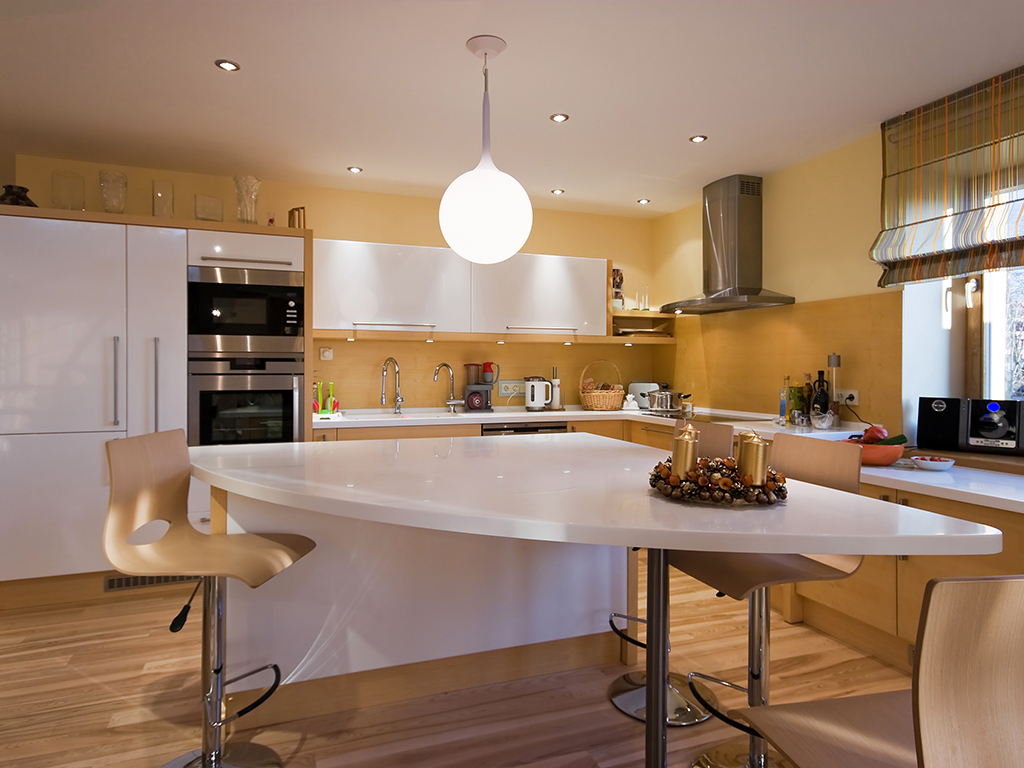
Trends for 2023
Black light lamps, portable LED lamps that can be used anywhere, Art Deco forms, pairing the color of the lights with the color of the walls, elegant floor lamps made from the combination of marble and metal, hand-made lamps – these are some of the trends that global manufacturers and designers propose as 2023 trends in lighting. However, trends change, our collocutor reminds.
– You probably remember how popular it was to install drop ceilings and put the lights in the space between. This only makes sense in spaces with high ceilings where one part can be dropped by around 60 cm. In that way, the higher part of the ceiling gets illuminated, which creates a positive overall effect in that room. If the ceiling can be dropped only up to 30 cm ,we get an intensive light strip around the room which creates a distraction because it`s the brightest surface in the room, whereas other surfaces seem much darker, professor Djokic explains.
The current trend is the use of retro lighting sources, mostly in hospitality establishments. However, despite the freedom of design, there are rules that need to be followed.
– These light sources are low-intensity and emit a yellowish light color. Even though there is a lot of freedom in designing hospitality establishments, it is important that when illuminating table tops, light sources provide good color reproduction because food and drinks are visually controlled before consuming. I think I don`t have to point out that it is also good when we can clearly see the faces of other people.
Rules for home lighting – Contrasts are welcome
Despite all the trends, there are rules that will never go out of fashion. If we go back to Hadley for a second, who is said to had taught America what style was, we will understand that the essence of design isn`t to follow trends and fashion but to listen to people and their needs.
Our collocutor applies the same rule for home lighting, which depends on individual needs and affinities. Still, there are several factors that need to be taken into consideration when designing a space: safe movement, adequately illuminated persons and objects, flexible lighting in multipurpose rooms (living room, children`s room), acceptable lamp designs and optimal energy consumption.
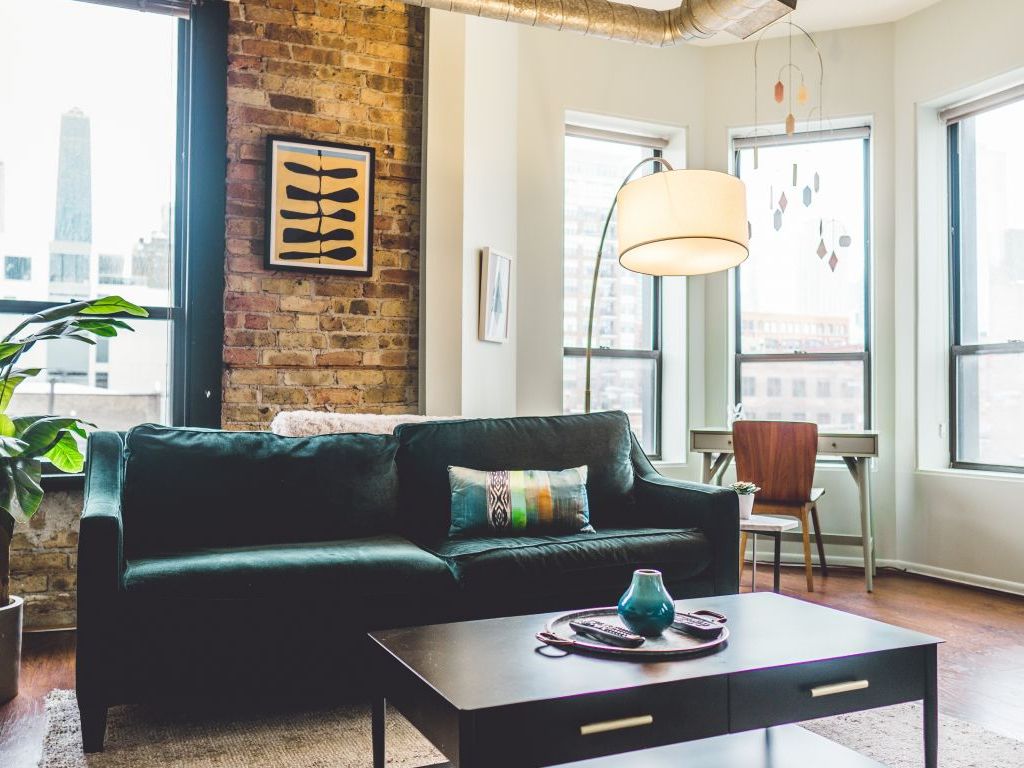
– Despite the fact that people feel safest at home, the majority of accidents and injuries happens in living spaces. That`s why it is important to illuminate hallways, stairs, entrances, etc. and to avoid the glare effect by choosing lamps that prevent the direct look at the light source. Lighting attractive objects such as painting or sculptures as well as direct lighting of kitchen tables creates a better effect than general (uniform) room lighting. Contrasts that highlight important surfaces are welcome.
Several surfaces in living spaces have to be directly lit – kitchen tables, work tables, kitchen counters and the space around the bathroom mirrors.
– I`m putting emphasis on the surface around the mirror, because the face of the person looking in the mirror needs to be illuminated. In order for mirror reflection to be clear, the light needs to point at the person`s face and not at the mirror.
If we design our spaces ourselves, we need to be careful no to mix different-colored light sources in the same room.
– If we used a common light bulb, which only comes in warm temperature color (around 2800 K), we can also install fluorescent tubes, compact fluorescent or LED lamps and they also need to have warm temperature color (around 3000 K). Information on temperature color measured in degrees of Kelvin is stated on the box of every light bulb. The lower the temperature color, the warmer the light. Warm white light has temperature color of around 3000 K, neutral white around 4000 K and the light with higher temperature colors isn`t recommended for general use because it creates cold environment in the living space.
Also, it would be good if the light came from multiple directions because it`s important to provide good look of the face and skin color.
– It is best to combine direct (for important surface) and diffused (general, spread out) lighting. Regarding light sources, LED light sources are advertised a lot but it needs to be said that for lighting object and surfaces that need brightness accentuated, hallogenic light bulbs are best. One of those surfaces is a kitchen table on which plates, glasses, cutlery, food and drinks all have their own brightness.
Naturally, other rules are applied in office spaces. A number of studies showed a connection between health and productivity and the type of lights in a working environment. The research conducted by the American Society of Interior Designers discovered that up to 68% of employees complained about office lights. The two most common complaints cited were that the lights were too bright or too dim, which leads to eyestrain and headaches.
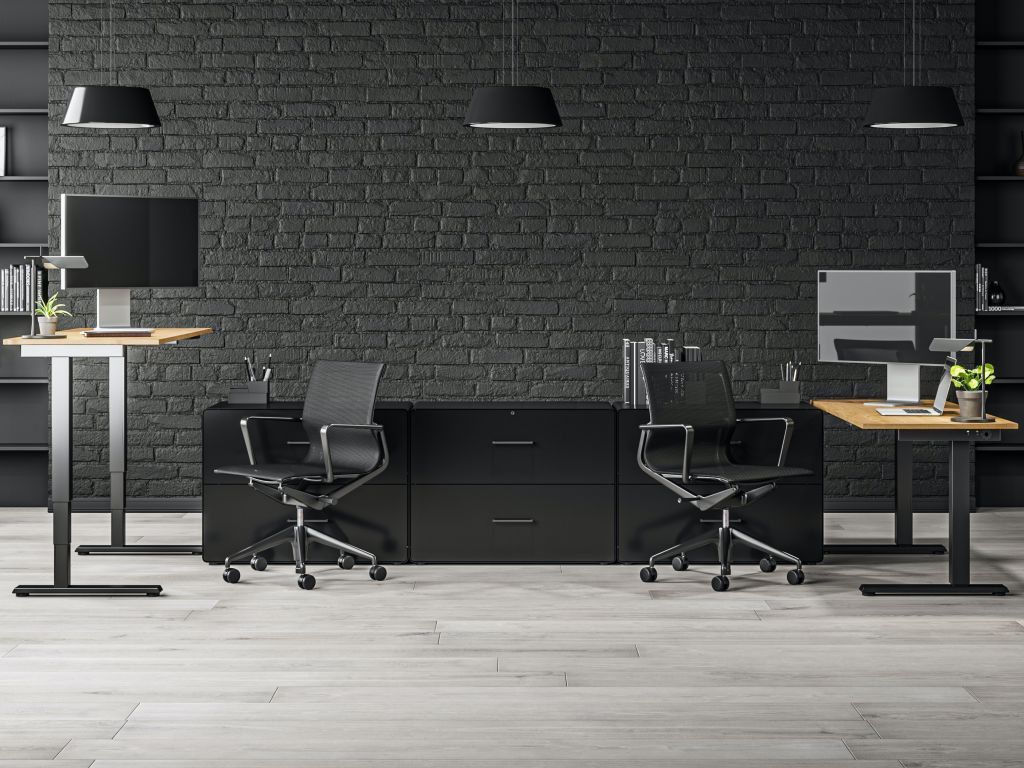
– Good conditions are created with diffused lights produced by fluorescent tubes. However, a space that is lit only with diffused light creates a flat, monotonous environment, and it is therefore advised to put paintings or plants in certain parts of the space which can be separately lit with direct lights. This will provide respite from monotonous lighting when you look up from your work desk.
Best effects are produced with a combination of general and local lighting.
– General lighting should be diffused, on at all times and it should provide up to 30% of working surface illumination, whereas local lighting (that additionally lights the working space) should add up lighting to the level required for a given job. Local lights are controlled by the person that spends time at a working place and turns it on when necessary. Financially and energy-wise speaking, the combination of general and local lighting in office spaces is the optimal solution, concludes professor Dr Lidija Djokic.
Marija Dedic
 Arhitektonski fakultet Beograd
Arhitektonski fakultet Beograd
Naš izbor
Most Important News
06.04.2024. | Agriculture
Preconditions for Placement of Fresh Blueberries and Dried Plums in Chinese Market Secured

16.04.2024. | News
Jovan Ciric, Leasing Director Retail MPC Properties – MPC Echo symbolizes our desire for good ideas and innovative endeavors to spread freely and bring about positive changes

16.04.2024. | News
10.04.2024. | Finance, IT, Telecommunications, Tourism, Sports, Culture
Creative Industry – What This Serbian Economy Sector Worth EUR 2 Billion Encompasses

10.04.2024. | Finance, IT, Telecommunications, Tourism, Sports, Culture
17.04.2024. | Industry, Construction, Transport, Finance
Feka Automotive to build energy-efficient production facility – EBRD approves EUR 15 million
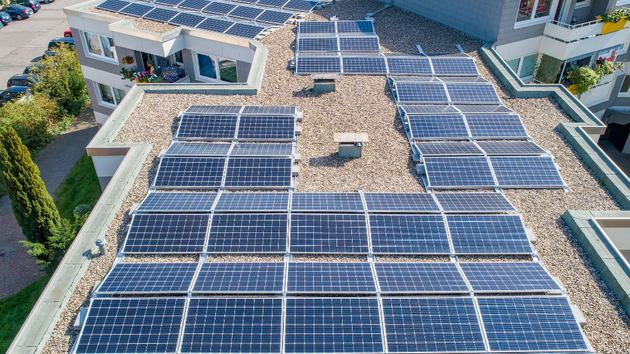
17.04.2024. | Industry, Construction, Transport, Finance
16.04.2024. | News
Economy Fair in Mostar opens – 26 companies from Serbia exhibiting

16.04.2024. | News
16.04.2024. | News
Polish chain Zabka to come to Serbia?

16.04.2024. | News


 Izdanje Srbija
Izdanje Srbija Serbische Ausgabe
Serbische Ausgabe Izdanje BiH
Izdanje BiH Izdanje Crna Gora
Izdanje Crna Gora


 News
News











